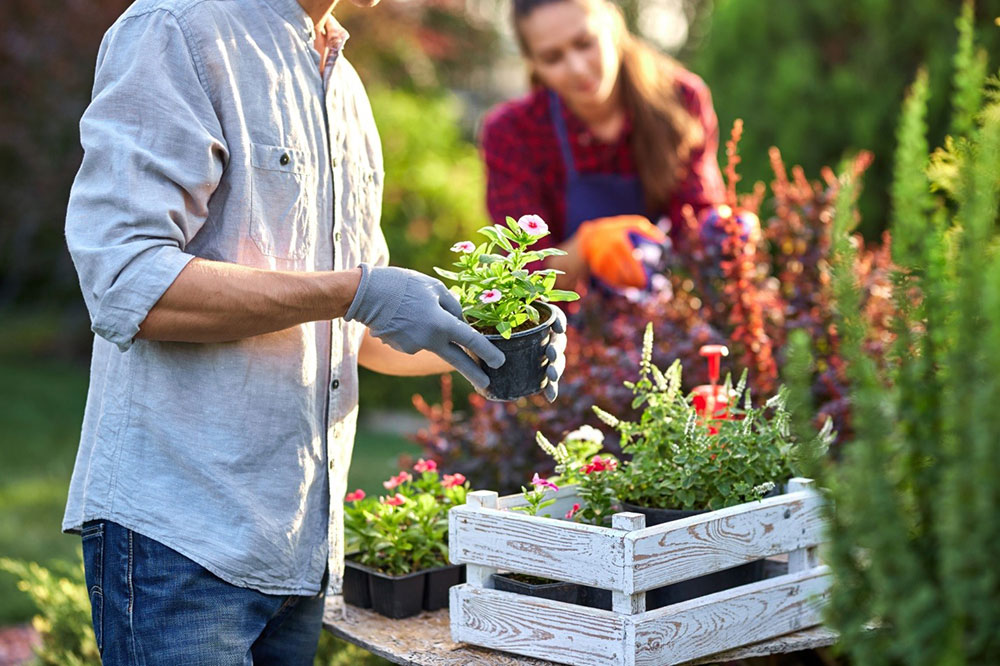Gardening is something that 77% of American households do. If growing a garden is new to you, figuring out the garden design might seem overwhelming.
Yard landscaping and gardening doesn’t have to be tricky. There’s a lot of flexibility with your garden, but there are some basic design principles that make it look better.
Check out these tips for garden design.
- Create a Focal Point
Having one or more focal points in your garden helps you focus your design. It draws the eye and helps make the garden look organized. If you plant a bunch of random flowers or greenery, the space can seem chaotic.
Focal points vary based on the overall garden design and feel you want. Examples include a tree, shrub, large rock, unique plant, or an ornament, such as a birdbath or gazing ball.
Position plants to complement that focal point. Your eyes go to the focal point. Then they slowly move around the rest of the garden, making it easier to soak in everything.
- Pick the Right Plants
Plant choice is crucial for your garden’s health. All plants need to fit your USDA plant hardiness zone to help them survive. Look at how much sunlight the area gets and the type of soil to choose compatible plants.
It’s easier to choose plants with similar water requirements. When you irrigate your garden, you can apply the same amount of water everywhere.
- Use Varied Plants and Materials
Picking a variety of plant types keeps your garden design interesting by mixing up the colors, shapes, and textures. Mix in flowering plants, shrubs, and ornamental grasses for texture and height variety.
Consider when flowering plants bloom. Some plants only bloom in the spring or early summer, others bloom in the fall, and still others bloom most of the growing season.
Choosing plants with different blooming times keeps color in your garden throughout the growing season. It also keeps things interesting since the garden continuously changes how it looks.
- Consider Plant Placement
Always base your plant placement on the full size of a plant, not on the size of the seedling. Your garden might look a little sparse initially, but as the plants grow, it fills out into a lush addition to your home design. If you plant based on initial size, the plants become crowded and can’t grow well.
When growing a garden, it’s ideal to place taller plants at the back or in the middle of the garden. This keeps them from shading or blocking the view of shorter plants.
- Use Ground Cover
Various forms of ground cover give your garden a polished look, and some help lock in moisture and prevent weed growth. Low-growing plants can be used as a living ground cover.
Mulch is another common way to cover your ground. You can use organic materials, such as wood chips and leaves, that break down into the soil, but you have to reapply them often.
More durable materials, such as pea gravel, also work as ground cover between plants and to create garden paths. They don’t break down like other materials, making them long-lasting. You can learn more about pea gravel here.
Plan Your Garden Design
A well-coordinated garden design adds a beautiful touch to your back yard, front yard, or side yard area. Using a few basic garden design tips and incorporating the elements that fit your style make the perfect garden space.
Explore our archives for more beautiful ideas for your home.
